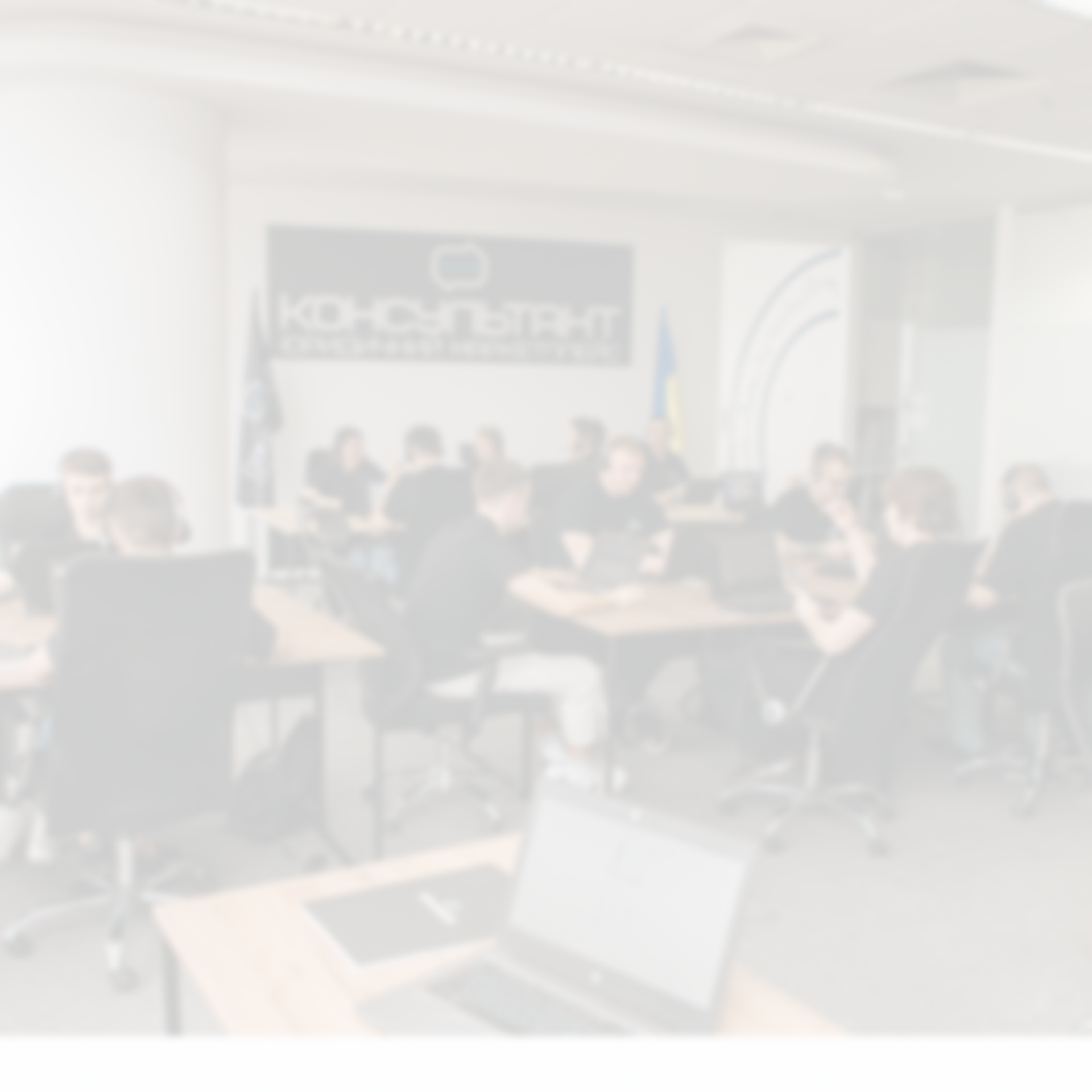Legal protection of intellectual property in the context of military conflict
Introduction
Intellectual property (IP) is an important asset for governments, businesses and individuals, as it drives innovation, creativity and economic development. In the context of military conflict, ensuring legal protection of IP becomes even more critical, as the risks of its infringement and misuse increase. In this section, we will review the main aspects of legal protection of intellectual property during military conflict, including challenges and possible measures for protection.
The main part
Types of intellectual property
Copyright
- Literary and artistic works: Copyright protection for books, articles, music, films, paintings, etc.
- Software: Copyright protection for computer programs and databases.
Patent law
- Inventions: Protection of rights to new technical solutions with industrial application.
- Utility models: Protection of rights to new and useful technical solutions that are less novel than inventions.
Trademarks
- Trademarks for goods and services: Protection of rights to designations that identify the goods or services of a particular manufacturer.
Industrial designs
- Product design: Protection of rights to the appearance of industrial products.
Geographical indications
- Origin of goods: Protection of rights to names of places of origin of goods that have specific properties or reputation.
Challenges for IP legal protection in the context of military conflict
Physical destruction or damage
- Destruction of infrastructure: Destruction of enterprises, laboratories, libraries, and archives where IP is stored.
- Loss of material carriers: Loss of physical media such as manuscripts, drawings, computer disks.
Increased piracy and counterfeiting
- Illegal copying: Increased number of cases of illegal copying and distribution of works and software.
- Production of counterfeits: Distribution of counterfeit products that imitate protected trademarks and industrial designs.
Difficulties with legal protection
- Limited access to courts: Access to the courts is hampered by the hostilities and the occupation of the territories.
- Lack of legal aid: Absence or limited legal services in conflict zones.
Possible measures to protect intellectual property
Legislative measures
- Special regulations: Adoption of legislative acts that provide additional IP protection in the context of military conflict.
- International agreements: Fulfillment of international obligations on IP protection concluded within WIPO, WTO and other organizations.
Technical measures
- Digital archives: Creating digital copies of IP objects to preserve information in the face of physical threats.
- Encryption and data protection: The use of encryption technologies to protect electronic data from unauthorized access.
Organizational measures
- Evacuation of IP objects: Organizing the evacuation of tangible intellectual property, such as manuscripts, paintings, and scientific research, to safe locations.
- Backup: Regularly backing up important documents and data containing IP to external media or cloud services.
International cooperation
- Cooperation with international organizations: Active engagement with international organizations, such as the World Intellectual Property Organization (WIPO), to obtain technical assistance and enforce IP rights.
- International legal mechanisms: Use of international legal mechanisms to protect IP in cases of infringement by foreign entities.
Legal assistance and consultations
- Legal advice: Providing legal advice and support to IP owners to protect their rights in the context of the conflict.
- Education and awareness: Conducting educational activities to raise awareness of IP rights and methods of their enforcement among the public and business.
Monitoring and control
- Monitoring of infringements: Systematic monitoring of IP infringements and taking appropriate measures to stop them.
- Cooperation with law enforcement agencies: Cooperation with law enforcement to investigate and prosecute IP infringement.
The role of institutions in ensuring legal protection of IP
National institutions
Government agencies
- Ministries and agencies: Ministries of Economy, Justice, and others responsible for formulating and implementing intellectual property policy.
- Patent offices: National patent offices that register patents, trademarks, and other IP, and provide advice and support to applicants.
Perhaps you will be interested in the services of our platform: consultation of a lawyer, consultation of a lawyer, analysis of documents, legal analysis of the situation, legal analysis of the situation, written consultation, verification of documents by a lawyer, legal analysis of documents, lawyer online, lawyer online, legal opinion, legal opinion of a lawyer, legal opinion, legal analysis, lawyer's consultation, document analysis, legal opinion of a lawyer, lawyer in Ukraine, lawyer in Kyiv.
Courts and arbitration bodies
- Specialized courts: Judicial bodies, including specialized IP courts, that hear disputes and adjudicate IP infringements.
- Arbitration and mediation bodies: Organizations that provide alternative dispute resolution services in the field of intellectual property.
Research institutions
- Think tanks: Institutions that conduct research and provide recommendations for improving IP law and policy.
- Universities and academies: Educational institutions that train specialists in the field of intellectual property and conduct research.
Examples of legal protection of IP in the context of military conflict
Experience of individual countries
- Ukraine: Implementation of special measures to protect IP during the armed conflict in the east of the country, including the creation of digital archives and active cooperation with international organizations.
- Syria: Efforts to protect cultural heritage and prevent the illicit export of works of art and archaeological sites.
International initiatives
- WIPO Programs: Initiatives of the World Intellectual Property Organization aimed at supporting conflict-affected countries in protecting their intellectual property.
- UNESCO: UNESCO's efforts to protect cultural heritage in conflict zones, including the creation of international databases of cultural sites.
Conclusion.
The legal protection of intellectual property in the context of military conflict is a complex task that requires a comprehensive approach and coordination of efforts at the national and international levels. It is important to ensure adequate protection of IP rights through legislative, technical and organizational measures, as well as through international cooperation and legal assistance. Effective IP protection will help preserve innovation potential and cultural heritage, as well as maintain economic stability in conflict-affected areas.

































